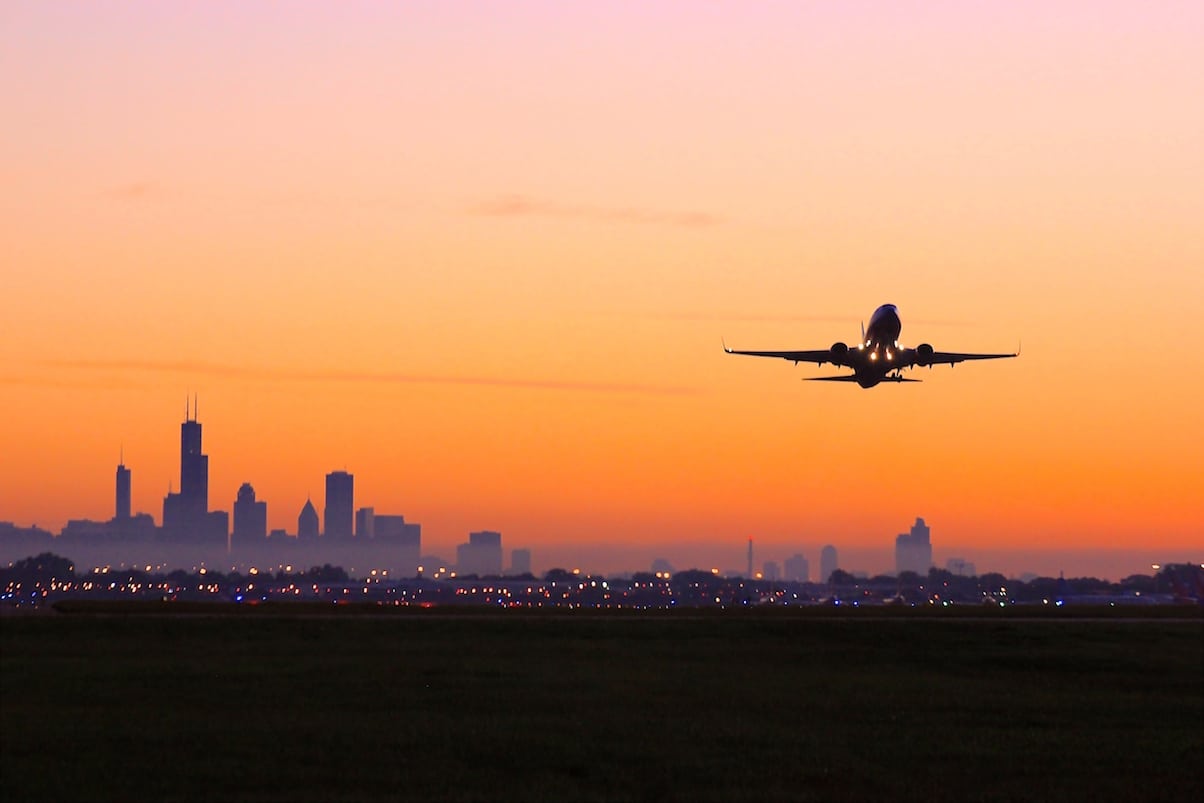Skift Take
Now it's only a matter of time until airlines raise airfare prices once again, despite their huge push for revenue through ancillaries and fees.
The latest government data shows that U.S. airfare continue to slide, even if flyers may not see a big difference due to increased fees and other costs.
Average domestic round-trip and one-way U.S. airfares dropped heavily in the second quarter of 2015, according to a new report from the Bureau of Travel Statistics. Flights booked with frequent flyer points and abnormally high or low fares weren’t included in the data.
Here are three takeaways on the latest data on U.S. domestic air travel.
Average fares are on the decline, again
The year-over-year dip of 2.8 percent continued the trend of cheaper airfares for U.S. flights since 2012, when adjusted for inflation.
The fares measured include taxes and fees paid when booking the ticket, but exclude ancillaries purchased after the initial booking.
The fare price is still up about 17 percent from the recession-era low of $344 reached in mid-2009.
Airlines are probably making up the difference by selling ancillaries
At the same time, the percentage of airfares as airline operating revenue remained close to a 25 year low, showing the importance of ancillaries and fees to the airline business.
U.S. airlines collected just 75.7 percent of revenue from airfares in Q2 2005; for comparison, airlines collected 87.6 percent of revenue from airfares in 1995.
Mid-size airports offer the cheapest flights
Interestingly, mid-sized airports offered the lowest fares. Airports that originated three to four million passengers had an average rate of $335, while those originating more than five million had an average rate of $406.
The average domestic fare across all flights was $378.
The Daily Newsletter
Our daily coverage of the global travel industry. Written by editors and analysts from across Skift’s brands.
Have a confidential tip for Skift? Get in touch
Tags: airfares
Photo credit: A flight departing Chicago Midway Airport. Jim Wissemes / Flickr
